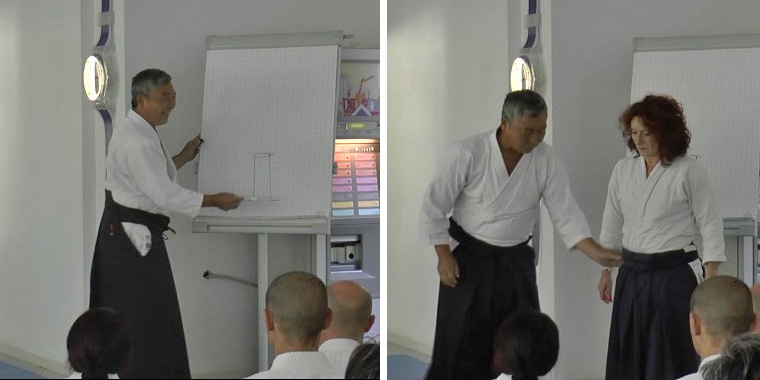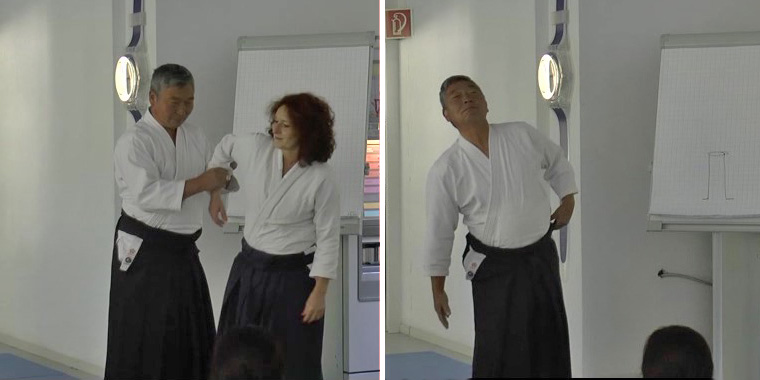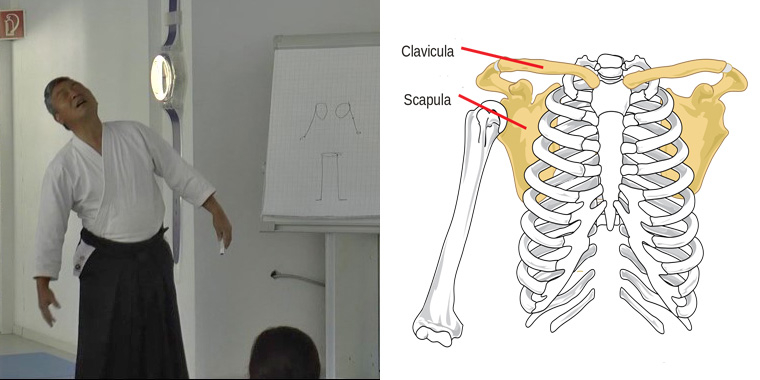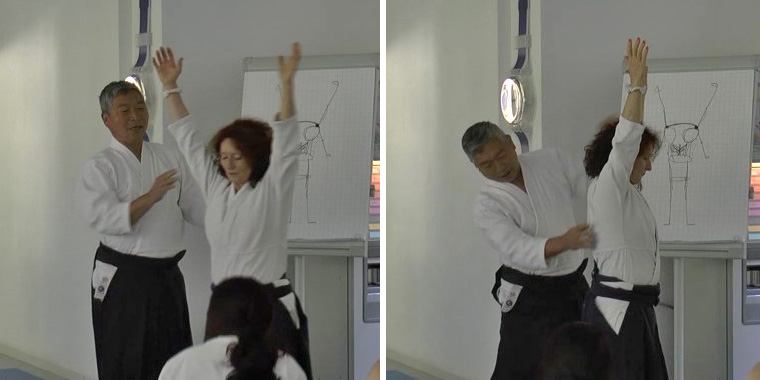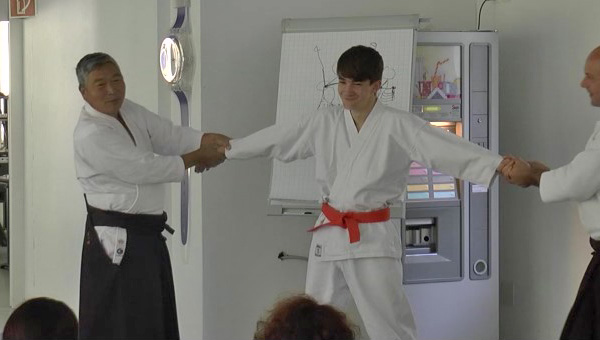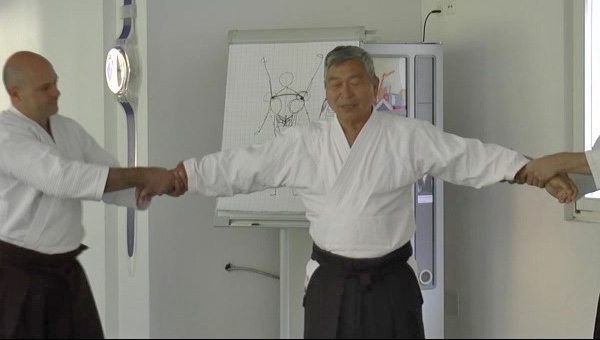Skeleton and muscles
Science has made great progress in the last hundred years. In the meantime, the scientific foundations of oriental wisdom are also becoming clearer. It is appropriate to include this so-called Eastern mysticism in a broader science. Then there is a science of materials and a science of life.
And we also have to look at our practise scientifically ...
